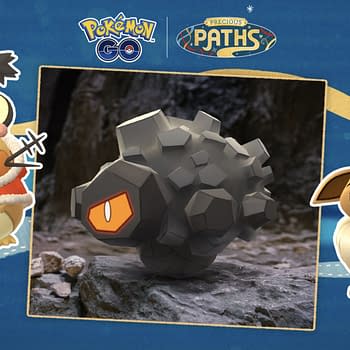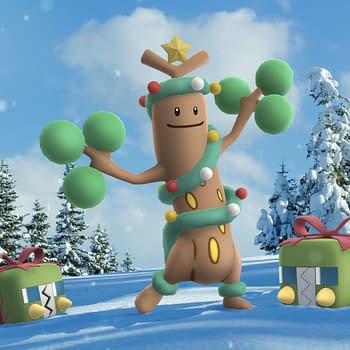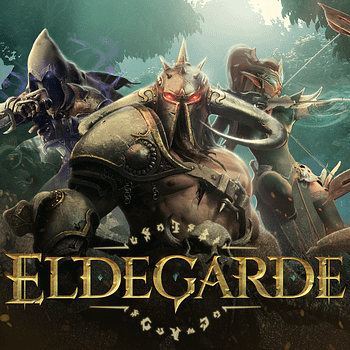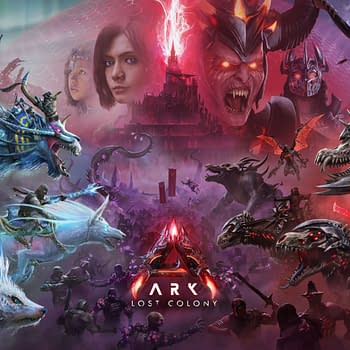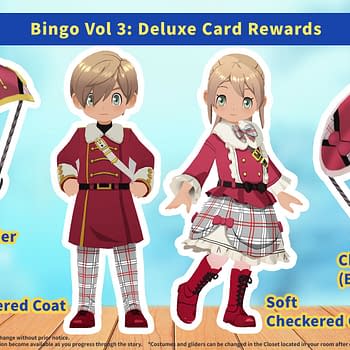Posted in: Bandai Namco, Dragon Ball Z: Kakarot, Games, Video Game Publishers, Video Games | Tagged: Bandai Namco, Cell Saga, dragon ball, Dragon Ball Z, Dragon Ball Z Kakarot
Thoughts On Dragon Ball Z: Kakarot's Cell Saga Adaptation
Last month, Dragon Ball Z: Kakarot was released for Nintendo Switch. This semi-open world game puts you in the shoes of Goku, Gohan, and the rest of the Z Warriors for a retelling of the four main Dragon Ball Z sagas: the Saiyan Saga, the Frieza Saga, the Cell Saga, and the Buu Saga. You can look forward to a complete review as well as gameplay guides to Dragon Ball Z: Kakarot but first, let's break down how this game by Bandai NAMCO adapts Akira Toriyama's iconic story. Now that we have covered the Saiyan Saga and the Frieza Saga, let's see how the game adapts The Cell Saga.
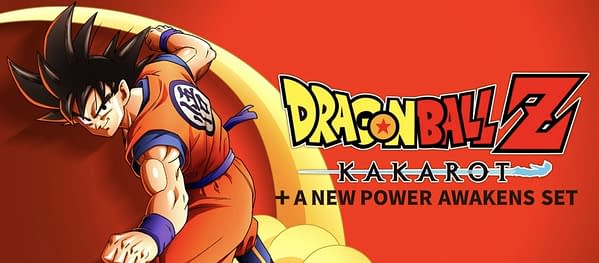
The downtime between the end of the Frieza Saga and the start of the Cell Saga is far more pronounced than what we had between the Saiyan and Frieza Saga. One of the coolest aspects of this peacetime is that we now have time to hunt the Dragon Balls. We can use these to get money, bring back dead villains for rematches, and more. This time is when the Dragon Ball world feels truly open, and I appreciate the slice-of-life storytelling in the gameplay honestly more than the anime filler we got like the Garlic Jr. Saga which is entirely skipped here.
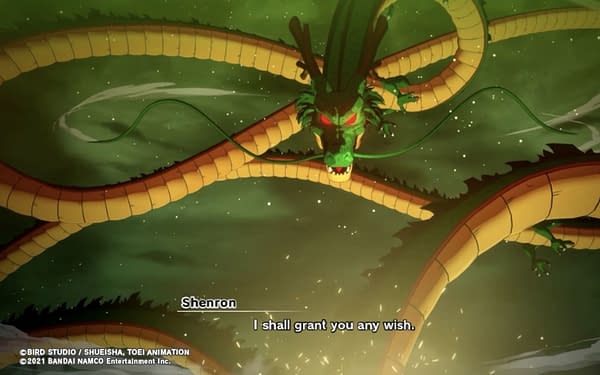
Trunks & Mecha Frieza
Things kick into gear when Mecha Frieza and King Cold arrive, followed soon by the game's second Super Saiyan: Trunks. The Trunks scene, where he fights Mecha Frieza and becomes a playable character, is fun. One of the major flaws of this arc, though, is that this is pretty much the height of Trunks' relevance. We don't get much time to play from his POV and the battle between Perfect Cell and Trunks is entirely skipped, without even being shown in a cut scene.
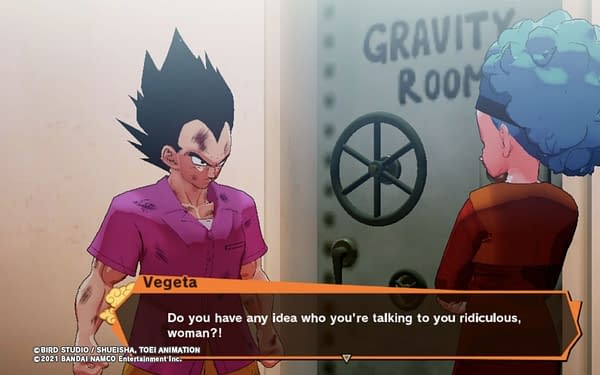
Peacetime in Dragon Ball Z: Kakarot
We have a nice, long stretch of time to prepare for the androids if we want to take it. The narrative here begins to build toward the development of Vegeta and Bulma's relationship. Vegeta is fully the player's ally now which happens a bit fast narratively but is so fun for gameplay, considered we get to see him in his pink Bad Man shirt if we bring him along on missions.
There is genuine tension to the arrival of the androids, and we are given the chance to expand the characters' powers in the Capsule Corp training room. As someone who is more of a Dragon Ball Z fan than a gamer, I am thrilled by how often the side missions end up developing character relationships beyond even what we saw in the anime.
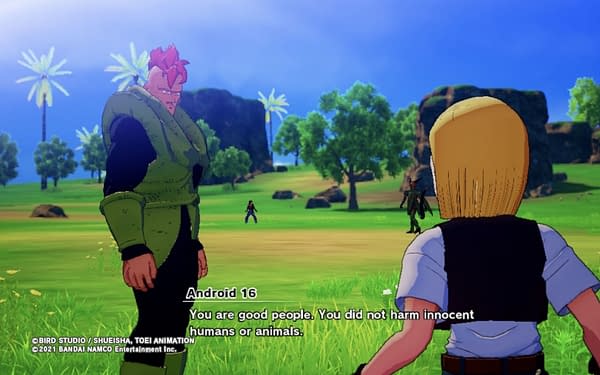
Android Invasion
The focus on the androids before Cell's arrival is short-lived. One of the biggest flaws so far is how the characters were hyper-focused on the androids for three years and then, on the day of their invasion, entirely switched to focusing on "the monster" when Gohan and Trunks discover Cell's time machine and egg. That was a bit of rough narrative transition, which ends up making sense later on when the story makes it clear that the androids are… well, outside of 19 and 20, they aren't doing anything bad. In Dragon Ball Super, Future Trunks remarks that the Androids 17 and 18 of the main timeline were never as vicious as those of his timeline. Kakarot takes that position earlier, with Android 16 specifically calling out that 17 and 18 hadn't killed anyone or anything. This, to me, is very interesting and adds some connective tissue to the series.
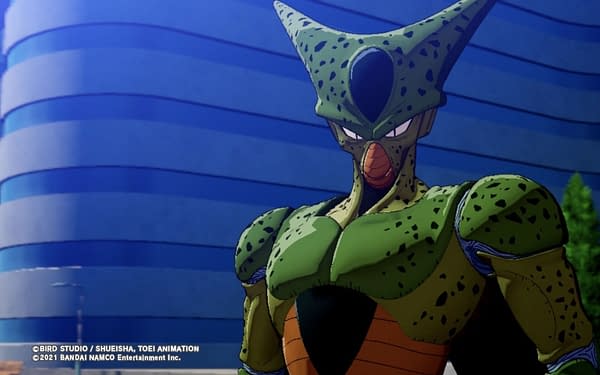
Cell Arrives
When Cell arrives, the focus of everyone and everything switches fully over to him. This initially feels too fast-paced for my liking as we skip over certain iconic scenes, such as Trunks' battle against Imperfect Cell. I tend to think this was left out to avoid adding another Super Saiyan form between 1 and 2 that could cause confusion. This pacing is fixed when Goku and Gohan emerge from the Hyperbolic Time Chamber and begin their nine days of peace. There's a lot to do there and the player fully controls the pacing of it, which actually ended up adding to the tension of Cell's looming threat as the characters enjoy what will be their last slice-of-life time with Goku around for a long time.
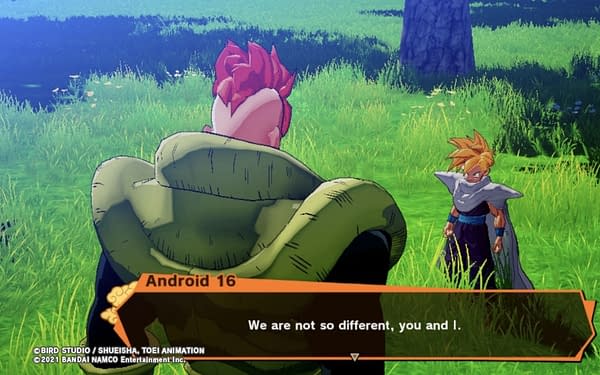
Gohan Ascends in Dragon Ball Z: Kakarot
Before the Cell Games begin, an Android 16 story that Gohan completes adds valuable depth to their relationship. 16 expresses that he sees himself in Gohan: he doesn't want to fight and strives to see the good in everyone, but he knows he must use the power he is given. It is the fact that he doesn't want to that makes him worthy of it.
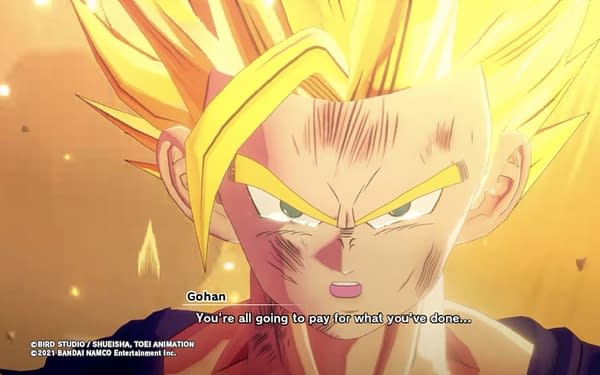
The Cell Games is, in my opinion, the best climax to any Dragon Ball Z saga and Kakarot handles it beautifully. It plays out in an anime-accurate manner, with Android 16's death leading to the release of Gohan's hidden power and his ascension to Super Saiyan 2. The cut scenes are strikingly beautiful and emotionally evocative, with both Gohan's ascension and Goku's goodbye delivering the game's biggest tear-jerkers.
Then, finally, when we defeat Cell as Gohan, both the relief and the loss are palpable. In the end, while there were aspects of the build-up that needed more time to breathe, the payoff is the best we've seen so far.
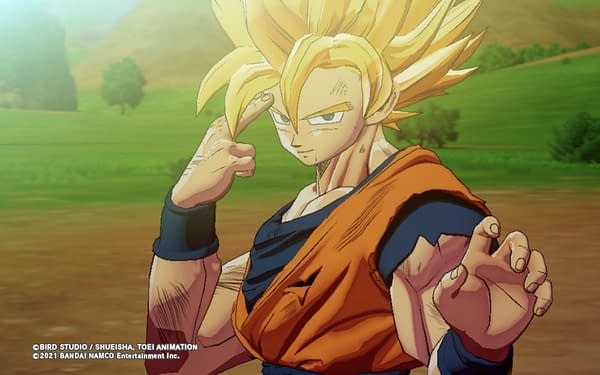
Post-Saga
The anime ends the Cell Saga soon after the fight, but Kakarot goes on with a great deal of time that one can spend in this peacetime setting afterward. This is greatly appreciated as, after the player advances, there will indeed be a huge time jump that ages the characters up quite a bit for the Buu Saga.
Overall, Dragon Ball Z: Kakarot adapts the Cell Saga with a great deal of emotion and thoughtful writing that adds to the classic story that most fans will already know and love.






